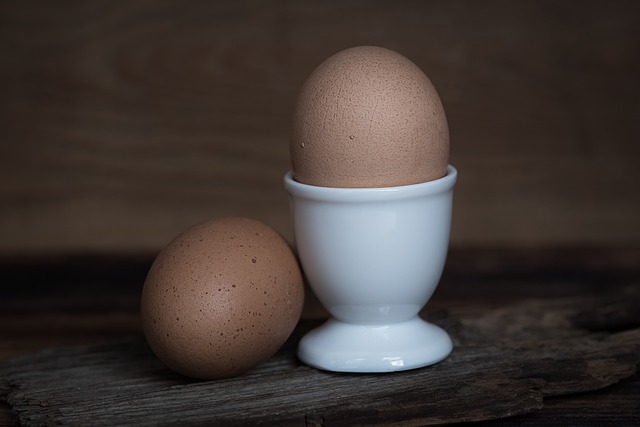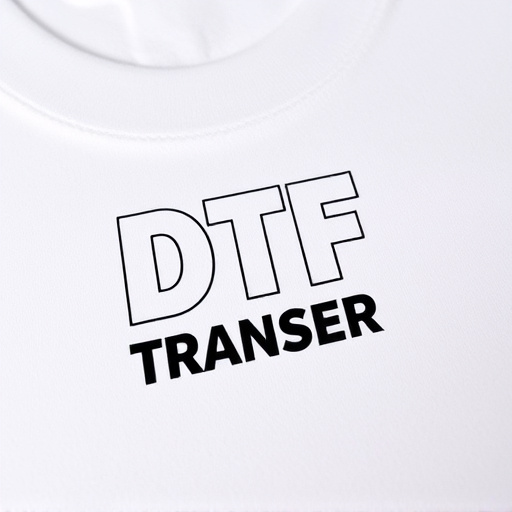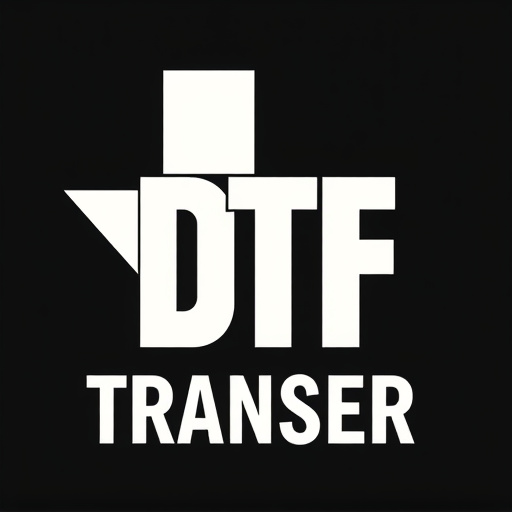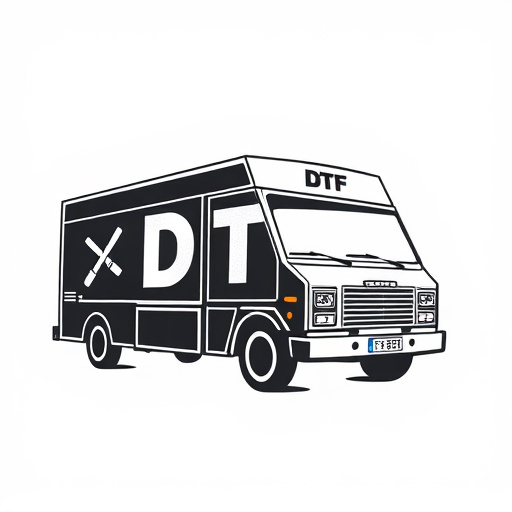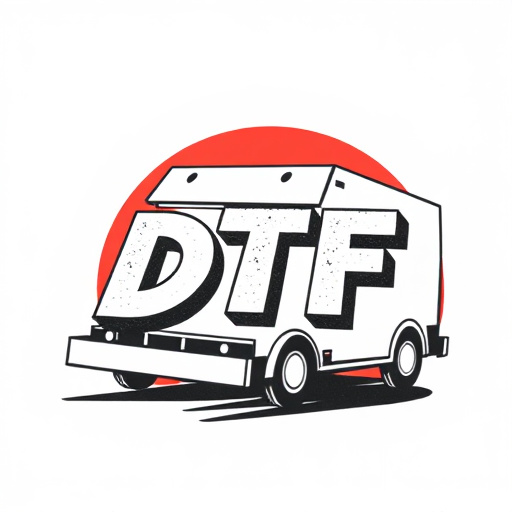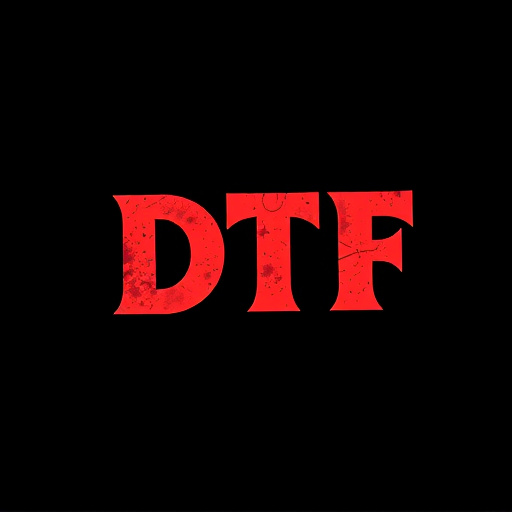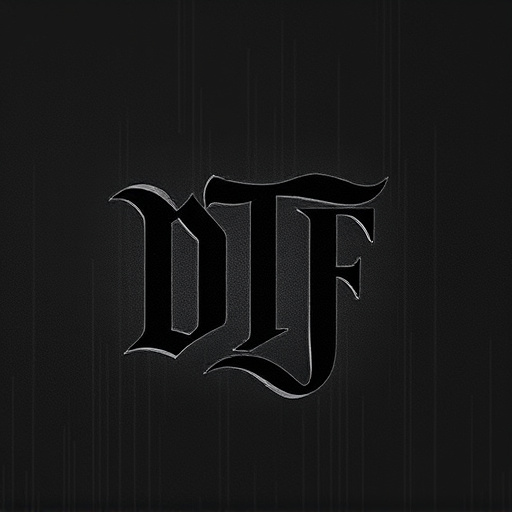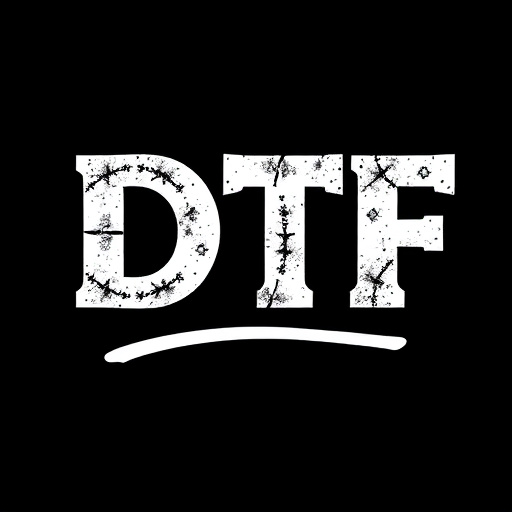Direct-to-Film (DTF) transfer is a cutting-edge technology revolutionizing visual content creation in art, design, and printing. It directly transfers digital images to film, producing high-quality, vibrant prints with a unique artisanal aesthetic. DTF has diverse applications in photo prints, graphic arts, and motion pictures, appealing to artists, photographers, and print enthusiasts due to its speed, versatility, and customizable one-of-a-kind creations. When choosing a provider, look for companies with industry expertise, strong print quality standards, advanced technology, and customization options. Popular DTF products include Epoxy DTF for durability and UV Curable DTF for quick curing times and versatility. Quality assessment involves evaluating image clarity, color accuracy, consistency, durability, and aesthetic appeal. Pricing varies based on print size, complexity, provider models, and materials, with packages offering volume discounts. DTF has successfully transformed apparel design, signage, and advertising, proving its potential as a game-changer in various industries.
In the realm of digital imaging, Direct-to-Film (DTF) transfer has emerged as a game-changer for print enthusiasts and professionals alike. This innovative process allows for high-quality printing directly onto various media, revolutionizing the way we think about visuals. This article delves into the intricacies of DTF technology, offering a comprehensive guide to help users navigate the market. From understanding the fundamentals of DTF transfer to exploring popular products and real-world applications, we provide an in-depth evaluation of different providers and their offerings, ensuring you make informed decisions for your printing needs.
- Understanding Direct-to-Film (DTF) Transfer: A Comprehensive Overview
- Key Factors to Consider When Choosing a DTF Transfer Provider
- Popular DTF Transfer Products and Their Unique Features
- Quality Assessment: Comparing DTF Prints Across Different Providers
- Cost Analysis: Exploring Pricing Models for DTF Transfers
- Real-World Applications: Success Stories of DTF Printing
Understanding Direct-to-Film (DTF) Transfer: A Comprehensive Overview

Direct-to-Film (DTF) Transfer is a cutting-edge technology revolutionizing the way we create and reproduce visual content, particularly in the fields of art, design, and printing. This process involves transferring digital images directly onto film, offering an innovative alternative to traditional printing methods. DTF Printing has gained significant traction due to its ability to produce high-quality, vibrant prints with a unique, artisanal aesthetic.
The DTF Transfer process begins with a digitally created artwork or design, which is then optimized for specific film types and printing parameters. This optimization ensures that the final print accurately reflects the original digital image, maintaining color accuracy and detail. The transferred film can be used for various applications, including photo prints, graphic arts, and even motion picture production. DTF offers advantages such as speed, versatility, and the potential for customized, one-of-a-kind creations, making it a popular choice among artists, photographers, and print enthusiasts alike.
Key Factors to Consider When Choosing a DTF Transfer Provider
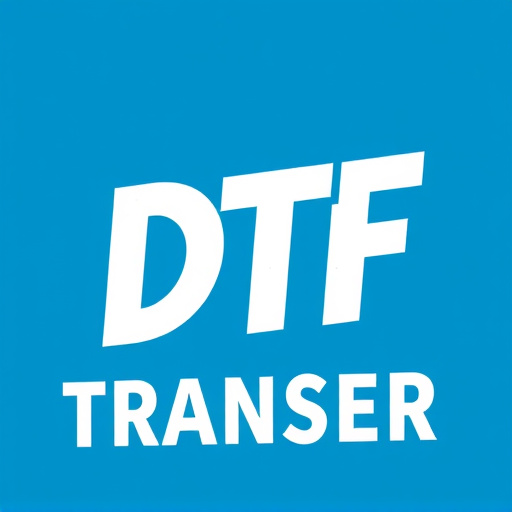
When selecting a direct-to-film (DTF) transfer provider, several key factors come into play to ensure you get high-quality DTF prints tailored to your needs. Firstly, consider the provider’s expertise and experience in the industry. Look for companies specializing in DTF printing with a proven track record of delivering consistent results. Experience matters when it comes to understanding various fabrics, their properties, and how to achieve optimal transfer efficiency.
Additionally, assess their print quality standards. High-resolution images, vibrant colours, and sharp details are hallmarks of excellent DTF transfers. Inquire about the printing technology they use and the range of materials compatible with their DTF transfer process. Customization options, such as design alterations or specific fabric requirements, should also be available to cater to unique client needs.
Popular DTF Transfer Products and Their Unique Features
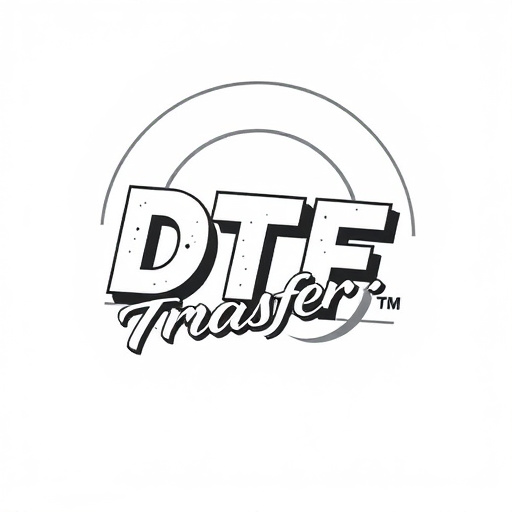
The Direct-to-Film (DTF) transfer process has gained significant traction in the printing and design industry, offering a seamless way to create high-quality prints directly onto various materials. Among the popular DTF transfer products, Epoxy DTF stands out for its exceptional durability and glossy finish, ideal for creating long-lasting signs, murals, and decorative pieces. This product’s unique feature is its ability to bond strongly with different substrates, ensuring the print remains vibrant even in outdoor environments.
Another notable mention is UV Curable DTF, which sets itself apart with its quick curing time and versatility. It is a popular choice for producing DTF prints on a variety of materials, from plastics to metals. Its UV-sensitive formula allows for precise color reproduction and a sleek, glossy surface. This product’s efficiency in production and adaptability to various applications makes it a favorite among professionals in the signage and advertising sectors.
Quality Assessment: Comparing DTF Prints Across Different Providers
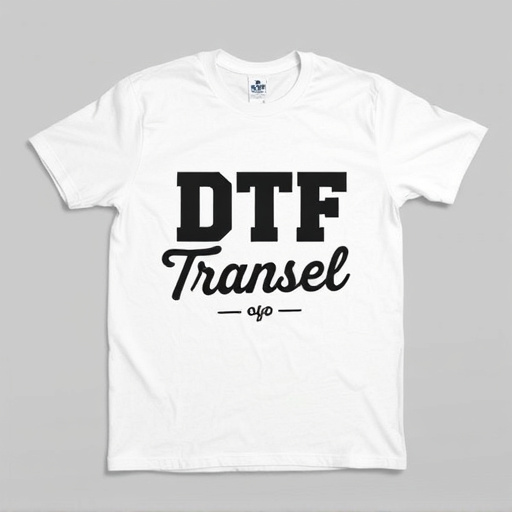
When evaluating different direct-to-film (DTF) transfer providers and products, quality assessment is a critical step. Comparing DTF prints across various providers involves scrutinizing several key factors. First, image clarity and color accuracy are essential; the prints should reproduce the original artwork with minimal distortion or loss of detail. Second, consistency in print quality is vital; every print should be an exact replica of the master file, ensuring no variations between batches.
Additionally, the durability of DTF prints deserves consideration. High-quality DTF transfers should be resistant to fading, scratching, and other forms of degradation over time. This involves assessing the materials used and the manufacturing processes employed by each provider. Lastly, the overall aesthetic appeal, including the finish and texture of the prints, plays a significant role in customer satisfaction, especially for those seeking a particular look or feel for their projects.
Cost Analysis: Exploring Pricing Models for DTF Transfers
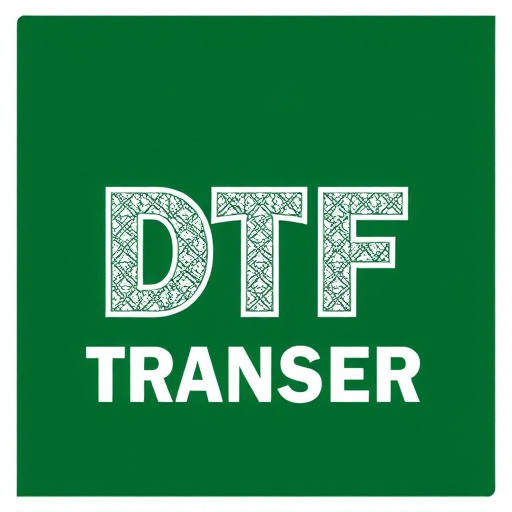
The cost of a Direct-to-Film (DTF) transfer can vary significantly depending on several factors, including the size and complexity of the print, the provider’s pricing model, and the chosen material. Unlike traditional printing methods, DTF offers a unique pricing structure where costs are often calculated based on per-print or per-square-inch rates. This model is particularly appealing for small-batch productions or one-off projects, as it allows for more flexibility in budgeting. Providers may also offer different packages tailored to specific needs, including options for high-volume printing with potential volume discounts.
Understanding the pricing nuances of DTF transfers is crucial. Some companies charge a flat rate per print, while others may base their prices on the amount of ink used, especially for more intricate designs. Additionally, post-processing fees and shipping costs should be considered. It’s important to compare these factors across different providers to find the most cost-effective solution without compromising on quality. Whether you’re looking for DTF printing services or seeking to create DTF prints, a thorough cost analysis will ensure you make an informed decision aligned with your project’s budget and requirements.
Real-World Applications: Success Stories of DTF Printing
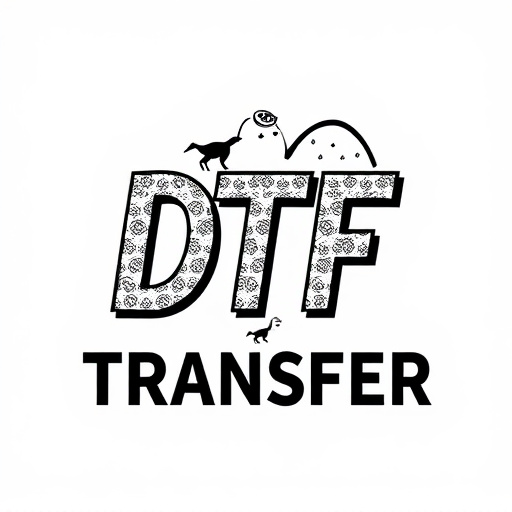
Direct-to-film (DTF) transfer technology has found its place in various real-world applications, showcasing its versatility and effectiveness. One prominent success story lies in the apparel industry where DTF printing has revolutionized custom clothing design and production. Brands are now able to offer customers unique, personalized garments with intricate designs previously unattainable through traditional methods. This shift towards on-demand, small batch production has not only reduced lead times but also minimized waste, making it an eco-friendly option.
Moreover, DTF printing has made inroads into the signage and advertising sectors. Indoor and outdoor applications benefit from the fast turnaround time and ability to produce high-quality prints on various materials, including vinyl, canvas, and even metal. From small businesses to corporate giants, DTF transfers enable them to create eye-catching displays, promotional materials, and wayfinding signs with ease. These real-world examples highlight the vast potential of DTF technology, proving its value as a game-changer in printing and design industries.



